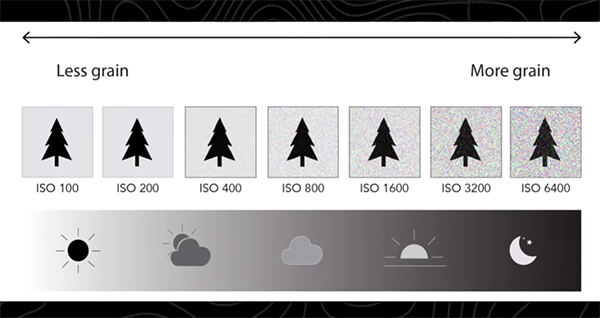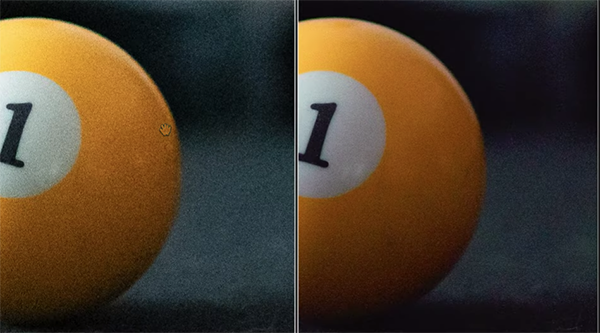Busting the ISO 100 Myth for Landscape & Nature Photography (VIDEO)

There are numerous so-called "rules" of photography, and one of the most common is to always shoot at ISO 100 whenever possible. This notion is particularly prevalent among landscape photographers who strive for optimum image quality and the maximum amount of detail in every image they shoot.
But is this strategy always true? According to instructor Jalen Oban, the answer is a definite "no." Oban is a professional landscape photographer based in the Pacific Northwest, and he introduces today's six-minute tutorial like this: "I'll dive into the myth behind using ISO 100 and explore when its actually beneficial to push your ISO higher."
In short, this conventional wisdom isn't very wise, and this is one of those rules that's meant to be broken—depending upon the specific scene at hand. Oban discusses how modern cameras handle ISO, the actual impact on image quality, and why and when using a higher sensitivity setting can often produce better results. So let's debunk this familiar myth together once and for all so that you no longer limit your creativity.

In basic terms, ISO is a camera setting (one of the three parameters of the Exposure Triangle) that enables you to control the sensitivity of a camera's sensor to light. The higher the ISO setting, the more sensitive the sensor will be. It's sort of like increasing volume on an audio speaker—which increases distortion and lowers sound quality the higher you go. Or so the theory goes.
Oban explains that in digital photography ISO refers to the amplification of the signal that a camera's sensor receives when capturing an image. Distortion in this regard is exhibited as "noise"—or as Oban puts it, "the random variation of brightness or color information which can make images appear grainy."
In other words, instead of using a larger aperture or slower shutter speed to physically brighten an image, higher ISO settings do so electronically. Given the foregoing, at this point you're likely wondering why you shouldn't follow the old rule and use the lowest ISO offered by the camera.

But there's a catch. According to Oban "ISO doesn't create noise, it only reveals the noise that would otherwise be hidden in a well-exposed image." Understanding this fact and know how to put it to work is the essence of the surprising revelations in the remainder of this eye-opening lesson.
If you're still in doubt, hear Oban out, and look at the illustrative images that he uses to prove his point. Then, by following his advice, you'll feel free to crank up ISO within reasonable limits and capture some beautiful photographs that you previously thought were impossible.
There's much more to learn on Oban's popular YouTube channel, and in a recent tutorial we posted—demonstrating how to improve your landscape processing workflow with a unique pre-editing strategy.
- Log in or register to post comments














































